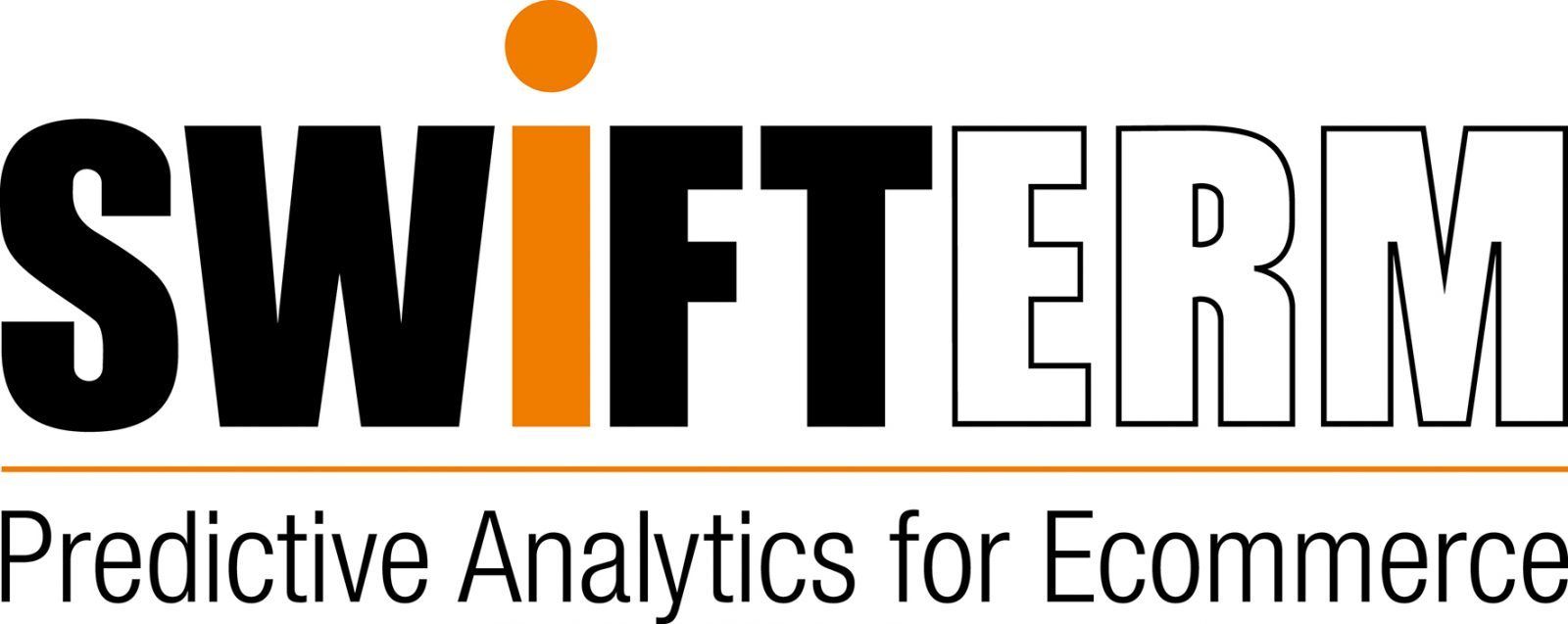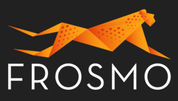ES Engage is a Personalization Software. ES Engage offers Segmentation, A/B Testing, Reporting, Contextual Targeting, Loyalty Program and many more functionalities.
Some top alternatives to ES Engage includes SwiftERM, ES Optimize, Thanx, S Loyalty and IFTTT.
No, ES Engage doesn't provide API.
No, ES Engage doesn't provide mobile app.
ES Engage is located in Boston, Massachusetts
ES Engage offers Quotation Based pricing model
The starting price is not disclosed by ES Engage. You can visit ES Engage pricing page to get the latest pricing.

























